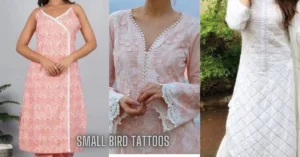Featured Articles
Juragan999 Pro dan Kontra Memilih Pinjaman Langsung
Berpikir untuk mengambil pinjaman dari pemberi pinjaman langsung? Temukan kelebihan dan kekurangannya untuk membuat pilihan yang tepat sesuai kebutuhan Anda …
Tips Perawatan dan Pemeliharaan Bak Mandi Air Panas Agar Tetap Berkilau
Memiliki bak mandi air panas adalah kemewahan yang luar biasa, menawarkan relaksasi dan kenyamanan. Namun, seperti investasi lainnya, hal ini membutuhkan konsistensi …
Juragan999: Platform Game yang Mengubah Keberuntungan Menjadi Keberuntungan
Di dunia game online, ada satu platform yang menonjol karena kemampuannya mengubah pengalaman bermain game biasa menjadi lebih menarik …







